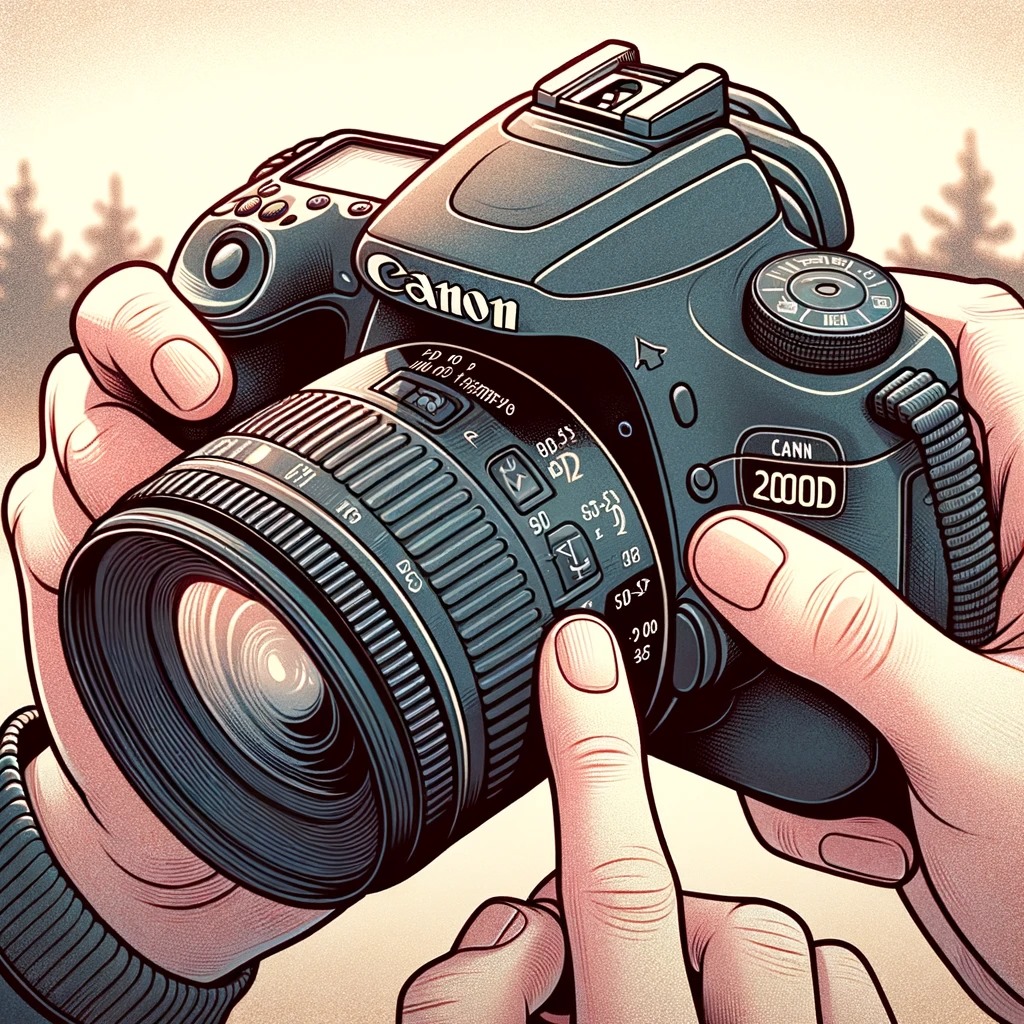Are you looking to take your photography skills to the next level with your Canon 2000D? Understanding how to manipulate aperture settings is crucial in this journey. This comprehensive guide will walk you through the process of adjusting the aperture on your Canon 2000D, ensuring that every shot you take is a masterpiece.
Understanding Aperture
What is Aperture?
Aperture refers to the opening in your camera lens through which light passes. It’s like the pupil of an eye, widening or narrowing to control the amount of light reaching the camera’s sensor. In the Canon 2000D, mastering aperture settings can significantly impact the quality and artistic feel of your photos.
Why Does Aperture Matter?
The size of the aperture affects the depth of field in your images – a large aperture (small f-number) creates a shallow depth of field, beautifully blurring the background, while a small aperture (large f-number) keeps more of the scene in sharp focus.
Getting to Know Your Canon 2000D
The Canon 2000D, a remarkable entry-level DSLR, offers a range of features suitable for both beginners and seasoned photographers. Understanding its interface is the first step in mastering aperture adjustments.
Accessing Aperture Settings To adjust the aperture on your Canon 2000D, you’ll primarily use the Av (Aperture Priority) mode. This mode allows you to set the aperture while the camera automatically selects the shutter speed.
Step-by-Step Guide to Changing Aperture
- Adjusting Aperture in Av Mode
- Turn the Mode Dial to Av.
Rotate the Main Dial: This dial, located near the shutter button, adjusts the aperture. Turning it to the right decreases the f-number (larger aperture), and turning it to the left increases the f-number (smaller aperture).
Monitor the Changes: As you adjust the dial, watch the changes on the LCD screen or through the viewfinder to understand how they affect your photo.
Practical Tips and Tricks
Low Light Photography In low light conditions, a larger aperture (like f/2.8) allows more light into the camera sensor, making it easier to capture brighter images without using a flash.
Landscape Photography For landscapes, a smaller aperture (such as f/11 or f/16) ensures that both the foreground and background are in sharp focus, capturing the scene’s depth and detail.
Conclusion
Remember, the key to mastering photography is practice and experimentation. Don’t hesitate to play around with different aperture settings on your Canon 2000D and observe the outcomes. Share your experiences and favourite shots with us; we love seeing how our guides help you grow as a photographer.
